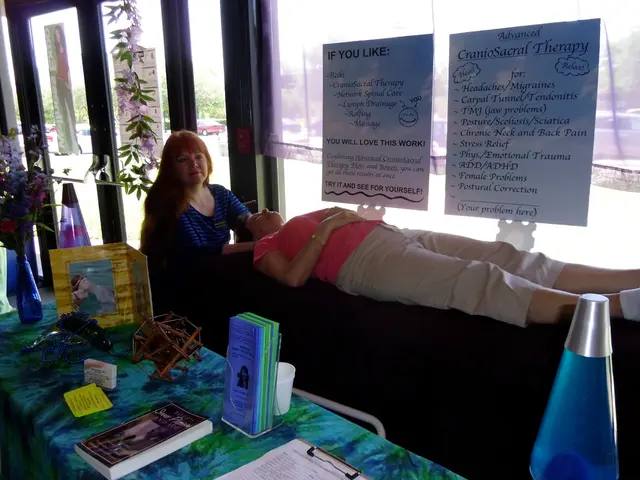Understanding Polymyositis: An Overview
Polymyositis is a rare inflammatory disease that primarily affects the muscles, leading to weakness and discomfort. This condition, classified as an autoimmune disorder, affects individuals of any age but is most commonly diagnosed in adults between the ages of 30 and 60.
Living with polymyositis requires a comprehensive approach, including medication, physical therapy, and lifestyle adjustments. Regular monitoring by healthcare professionals is vital for individuals with polymyositis. Regular follow-up appointments can help track progress, adjust treatment plans, and address any new symptoms that may arise.
Staying well-hydrated is crucial for muscle function in individuals with polymyositis. Aim for at least 8 glasses of water a day. Prioritizing tasks and taking breaks can help avoid fatigue.
A tailored physical therapy program can help maintain muscle strength and function in individuals with polymyositis. Therapists may focus on stretching and strengthening exercises. Engaging in low-impact exercises, such as swimming or walking, can help maintain muscle strength without overexertion.
Incorporating a balanced diet and healthy lifestyle can significantly impact the management of polymyositis. A diet rich in anti-inflammatory foods, such as fruits, vegetables, whole grains, and lean proteins, can support overall health. Incorporating foods rich in omega-3 fatty acids, such as salmon, walnuts, and flaxseeds, can help reduce inflammation.
Techniques such as yoga, meditation, or mindfulness can help reduce stress, which may exacerbate symptoms in individuals with polymyositis. Gentle massage can help alleviate muscle tension and improve circulation.
It is essential to understand that polymyositis often requires medication, such as corticosteroids and immunosuppressants, to reduce inflammation and improve muscle strength. Ensuring adequate rest, as sleep is crucial for muscle recovery and overall health, is important for individuals with polymyositis.
Polymyositis is often discussed alongside dermatomyositis, another inflammatory muscle disease. While both conditions share similar symptoms, dermatomyositis is characterized by a distinctive skin rash in addition to muscle weakness. The most prominent difference is that dermatomyositis includes characteristic skin rashes alongside muscle weakness, whereas polymyositis involves muscle weakness without skin involvement.
If you or someone you know is experiencing unexplained muscle weakness or other related symptoms, it is essential to consult a healthcare professional. Utilizing reputable websites, books, and articles can help individuals with polymyositis learn more about the disease and its management. Joining support groups can provide a platform for individuals with polymyositis to share experiences and coping strategies.
The ICD-10 code for polymyositis is M33.2. This code is used for medical billing and documentation purposes. Speaking with a mental health professional can help manage feelings of anxiety or depression related to living with a chronic illness like polymyositis. Regular check-ups are essential for individuals with polymyositis to monitor their condition and adjust treatment as needed.
Managing chronic diseases like polymyositis, which is an autoimmune disorder, requires a health-and-wellness plan that includes regular medical follow-ups to track progress and adjust treatment. A balanced diet rich in anti-inflammatory foods can significantly impact the management of this condition, making it essential to incorporate fruits, vegetables, whole grains, lean proteins, and foods rich in omega-3 fatty acids in one's daily diet.







